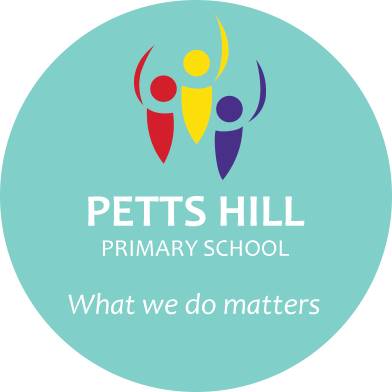Year 2
Overview of progression in Year 2
Number and place value
In Year 2, children develop their understanding of place value from Year 1, learning the place value of each digit in a two-digit number; for example, 23 means two tens and three ones.
They begin to understand the use of 0 as a place holder. They will build on this when they consider place value in three-digit numbers in Year 3.
Children learn to count in 3s, which will help develop the concept of a third. They order numbers from 0 to 100 and use the <, > and = signs. They become more independent in partitioning numbers in different ways, and this helps to support their work in addition and subtraction.
Addition and subtraction
Children use mental methods to solve problems using addition and subtraction, as well as using objects and pictorial representations.
They begin to record addition and subtraction in columns, reinforcing their knowledge of place value. They independently use addition and subtraction facts to 20, and this helps them derive number facts up to 100, such as seeing the parallels between 2 + 6 = 8 and 20 + 60 = 80. They add and subtract different combinations of numbers, including two two-digit numbers. They understand the inverse relationship between addition and subtraction (that one operation undoes the other), and use this to check their calculations.
Multiplication and division
In Year 2, children learn the 2, 5 and 10 multiplication tables, and use these facts in calculations.
They recognise that multiplication and division have an inverse relationship, and begin to use the × and ÷ symbols. They learn that multiplication is commutative (2 × 10 is the same as 10 × 2) whereas division is not (10 ÷ 2 is not the same as 2 ÷ 10).
Fractions
Children extend their understanding of fractions to 1/3 and 3/4 and learn that 1/2 is equivalent to 2/4.
They read and write the symbols 1/2, 1/4 for example. As well as experimenting practically with fractions and connecting unit fractions to the concepts of sharing and grouping, they begin to write simple fractions, such as 1/4 of 8 = 2. They will develop this in Year 3 when they learn about tenths and begin to find out more about non-unit fractions.
Measurement
Children learn to independently choose the appropriate standard units for a particular measurement and use a range of different measuring instruments.
They recognise and use the £ and p symbols for money (but do not use mixed notation, such as £5.72), and undertake addition and subtraction using money. They learn to tell the time to 5 minutes, including quarter past and quarter to the hour.Children read the time on analogue clocks to the hour and half-hour, and they learn to recognise different coins and notes. In Year 2, children will use standard units more independently and gain experience in telling the time and doing simple calculations with money.
Geometry: properties of shapes
By handling common 2D and 3D shapes (including quadrilaterals and cuboids, prisms, cones and polygons) children identify their properties, using the terms sides, edges, vertices and faces.
They compare and sort shapes using their properties.
Geometry: position and direction
Children experiment with making patterns using shapes and begin to use the concept of right angles to describe quarter, half and three-quarter turns.
They will develop this concept further in Year 3.
Statistics
Children are introduced to pictograms, tally charts, block diagrams and tables, using these to collate and compare information, and to ask and answer simple questions.
(for example, finding the number of items in a category, perhaps using one-to-many correspondence, or comparing different categories by quantity).
